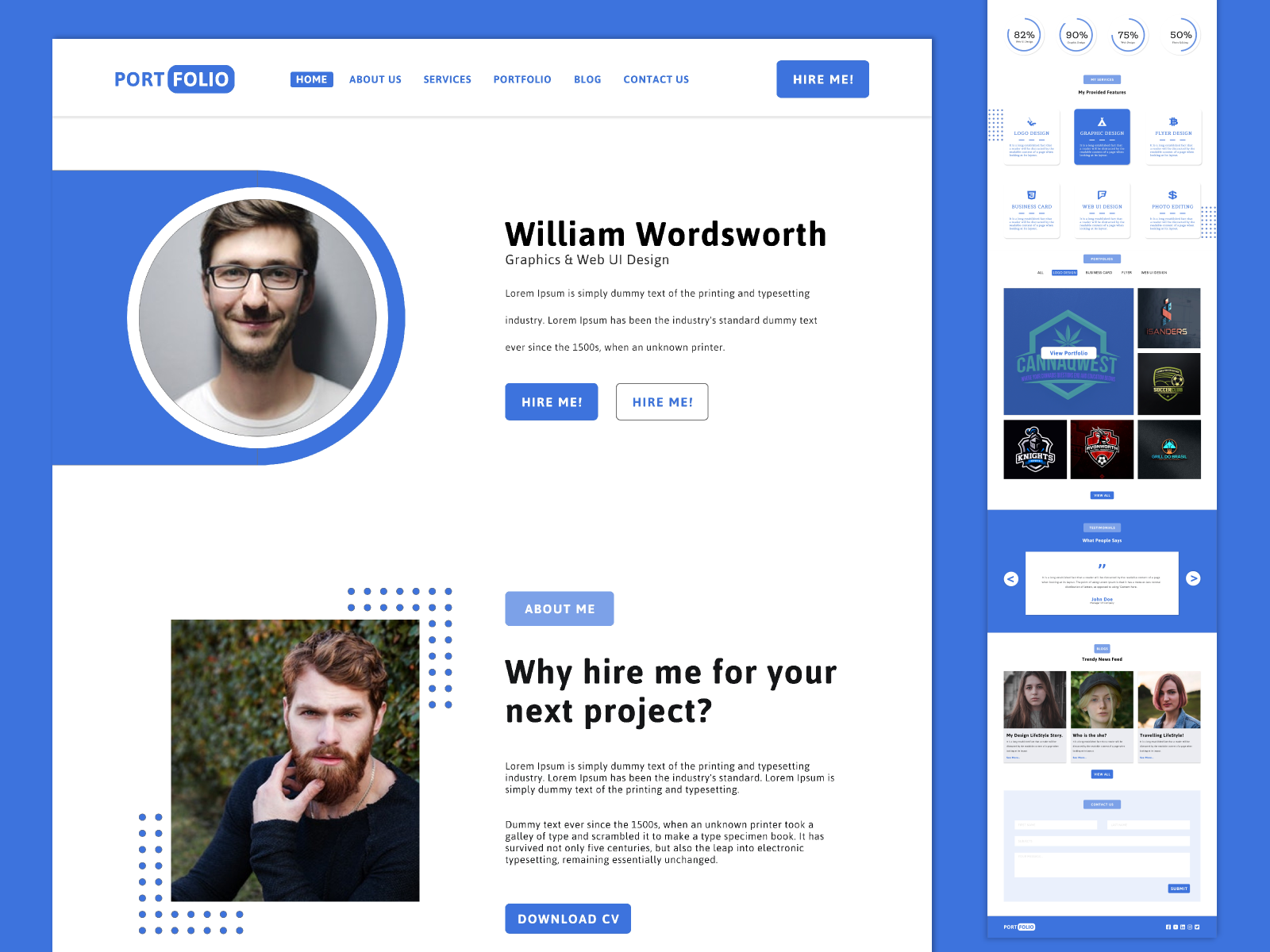

Learning management system (LMS)Ī learning management system (LMS) is a collection of self-paced training courses for your employees. One way to look at a document library is it is the training wheels to getting a knowledge base - it gets you in the habit of centralizing your knowledge, but doesn’t support employees or help them improve their performance.įor a more comprehensive comparison, read about the differences between a document library and a knowledge base here. The danger with this is it is easy to lose files as they get nestled in your organization system. It works more like desktop folders where you can organize your documents in multiple sub-folders. Second, the search function is less robust. That means you need an external drafting program (like Google Sheets, Microsoft Word, or another system), to author your policies and procedures. The main differences between a document library and a knowledge base are two-fold.įirst, a document library doesn’t typically have an opportunity for creating your documents. The purpose of a document library is to store your company’s documents in one location. Another name for a document library is a document repository. Like a knowledge base, a document library helps centralize your company resources so that you can share files across your organization.

#Screensteps site layout pages software
This way, the information the external partners see is only the information for what their assignment is with the company.Ī partner knowledge base requires a login and a password.Ī document library is a cloud-based software where you can store and share your documents. With a partner knowledge base, you grant permission to agencies, collaborators, etc. In addition to your employees, a partner knowledge base allows external partners access to your documents and resources. Partner knowledge baseĪ partner knowledge base allows you to expand your circle of users to a wider trusted group.
#Screensteps site layout pages password
A gated customer-facing knowledge base means it would require the customers to have a login and password to access your knowledge base. In the first situation, anyone with internet access could see the information in your knowledge base. With an external knowledge base, customers can self-service their questions by searching your knowledge base.Īn external knowledge base can be open to the public or gated. The primary audience for an external knowledge base is your customers. It’s also known as a public knowledge base. External knowledge baseĪn external knowledge base is a customer-facing knowledge base. To access an internal knowledge base, each employee needs a personal login and password. The resources in your internal knowledge base help your employees complete policies, procedures, and processes. With an internal knowledge base, you can provide your employees with the confidential information they need to do their jobs. Only workers who are granted access are able to access the information stored in your internal knowledge base. The primary audience for an internal knowledge base is your employees. An internal knowledge base is a private knowledge base for your company.


 0 kommentar(er)
0 kommentar(er)
